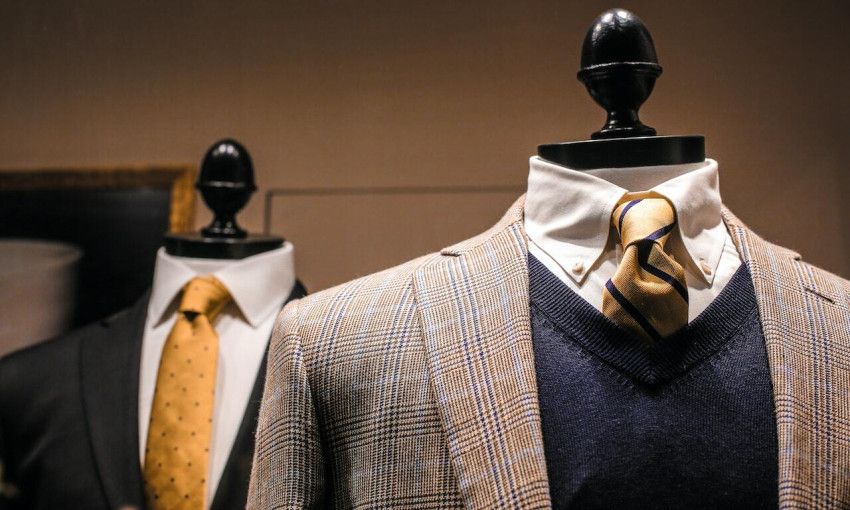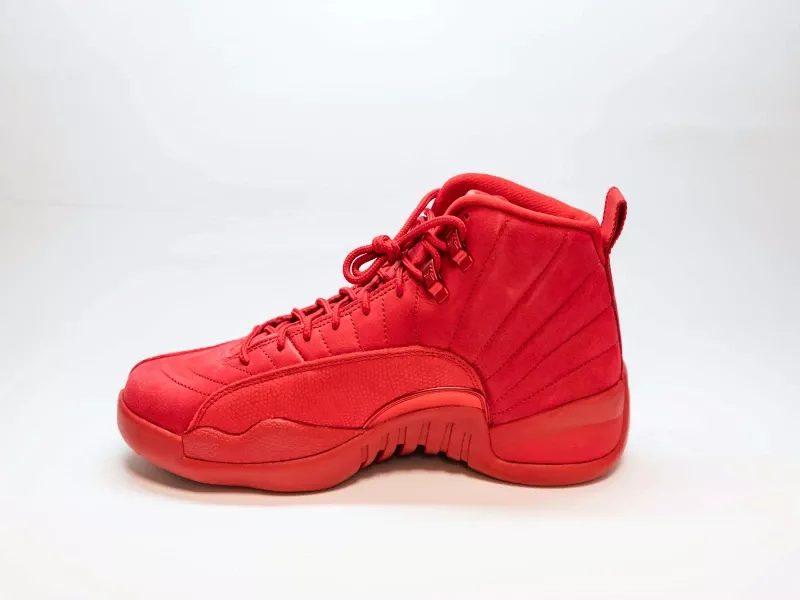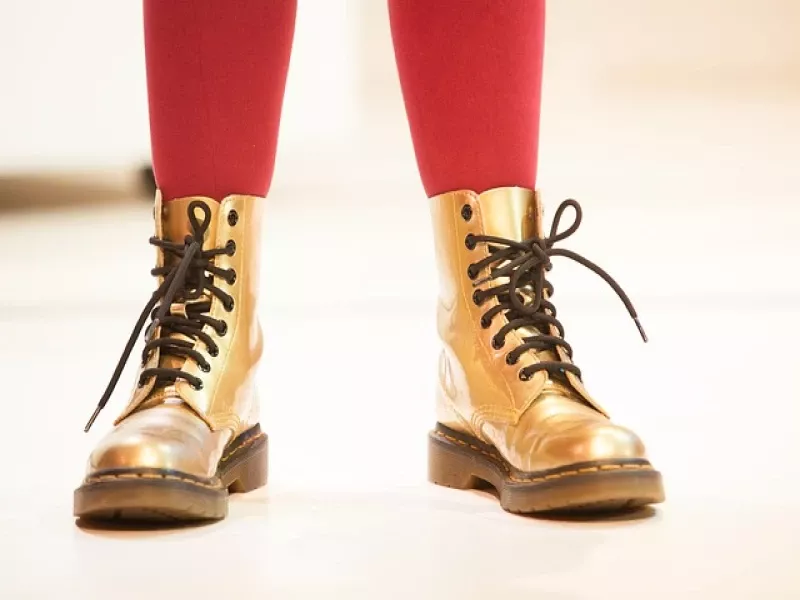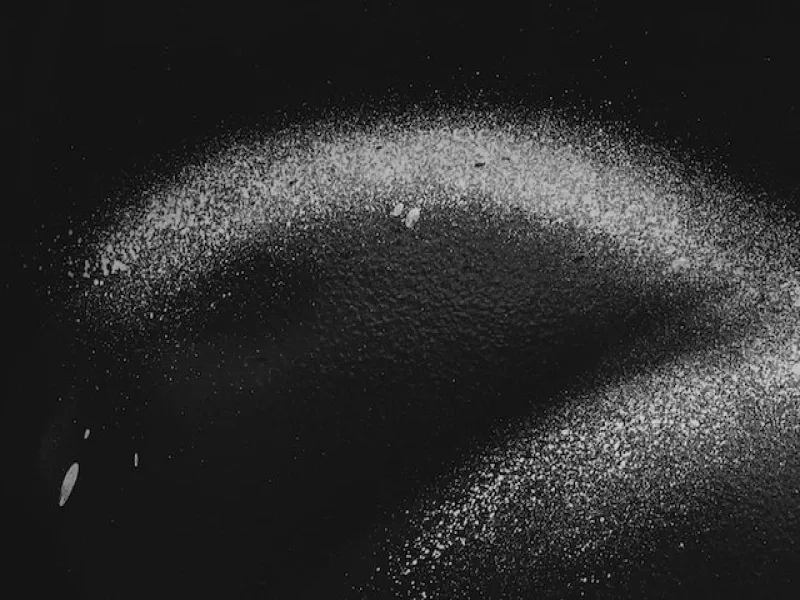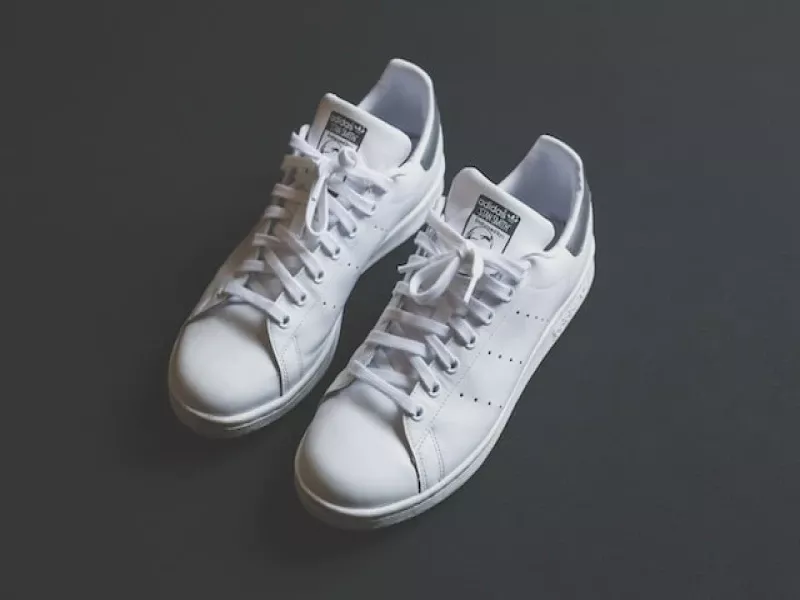
How to waterproof your shoes?
Protecting your shoes from moisture is crucial to maintain their quality and durability. Various methods can be employed to waterproof your shoes, shielding them from rain, snow, or wet surfaces. From applying waterproofing sprays and waxes to using silicone-based sealants or even utilizing specialized waterproof shoe covers, this comprehensive guide provides you with a range of techniques to safeguard your favorite pair of shoes and ensure your feet stay dry in any weather condition.
1. Choose the Right Waterproofing Product
When it comes to waterproofing your shoes, whether it's sneakers, boots or pumps, there is a wide array of products designed to make them water-resistant. From sprays and creams to waxes and pastes, the choice depends on the specific material of your shoes. Delicate materials like suede benefit from sprays that provide a protective barrier, while harder materials like leather can be effectively treated with waxes or creams that penetrate and create a water-repellent layer. By selecting the appropriate product for your shoe material, you can ensure effective waterproofing and keep your shoes shielded from the elements.
2. Prepare Your Shoes
Prior to applying any waterproofing product, it's crucial to prepare your shoes properly. Begin by ensuring they are clean and free from dirt or dust. Use a brush to remove loose debris or a damp cloth for stubborn stains. It's essential to wait until your shoes are completely dry before proceeding, as any lingering moisture or dirt can hinder the effectiveness of the waterproofing treatment. By starting with clean and dry shoes, you can ensure optimal adhesion and coverage of the waterproofing product, maximizing its protective capabilities.
3. Apply the Waterproofing Product
It is crucial to carefully follow the instructions provided with your chosen waterproofing product. Typically, the application involves generously applying the product evenly across the entire surface of your shoes. If using a spray, hold it at the recommended distance (usually around 12 inches) and evenly spray your shoes. In the case of waxes or creams, you can use a cloth or brush to apply and work the product into the shoe material. Ensure thorough coverage to create a protective barrier that repels water effectively and safeguards your shoes from moisture damage.
4. Let the Shoes Dry
Once you have applied the waterproofing product, it is crucial to let your shoes dry naturally. Avoid placing them near direct heat sources such as radiators or hairdryers, as excessive heat can cause damage to the shoe material. It is recommended to allow them to dry overnight or for a sufficient amount of time to ensure thorough drying. This ensures that the waterproofing product can fully settle and create an effective barrier against moisture, enhancing the longevity and water-resistance of your shoes.
5. Test Them
Before venturing out into rainy conditions, it is wise to test the effectiveness of your waterproofed shoes. Simply sprinkle a small amount of water on the surface and observe how it behaves. If the water beads up and rolls off, it indicates that the waterproofing treatment is working well. However, if the water soaks into the material, it may be necessary to apply an additional layer of the waterproofing product to enhance the water-repellent properties. Regularly testing and maintaining the waterproofing of your shoes ensures their continued protection against moisture and keeps your feet dry and comfortable in wet weather.
6. Maintain Regularly
It's important to note that waterproofing your shoes is not a one-time task. The frequency of reapplication depends on factors such as how frequently you wear your shoes and the environmental conditions they encounter. As a general guideline, it's advisable to reapply the waterproofing product when you observe that water no longer beads up on the surface of your shoes. This indicates that the protective barrier may have worn off over time. By regularly monitoring the water-repellent capabilities of your shoes and reapplying the waterproofing product as needed, you can ensure continuous protection against moisture and prolong the lifespan of your shoes.
7. Consider Waterproof Shoes
Living in an area with frequent rainfall or having a lifestyle that regularly exposes you to water calls for considering waterproof shoes. These specialized shoes are crafted with materials or membranes that effectively repel water, keeping your feet dry and comfortable. They are designed to create a barrier against moisture while still allowing proper breathability, ensuring that your feet stay protected and well-ventilated. Investing in waterproof shoes can be a smart choice for individuals who frequently encounter wet conditions, providing reliable protection and enhancing overall comfort.
Conclusion
Waterproofing your shoes can protect them from water damage, extend their lifespan, and keep your feet dry and comfortable. With the right products and a little bit of time, you can easily waterproof your shoes at home. However, it's important to remember that while these methods can make your shoes highly water-resistant, no method is entirely foolproof. If you frequently encounter wet conditions, purchasing shoes designed to be waterproof may be a worthwhile investment.
Read more
Curious about more fashion tips? Check out our other blogs!
- The history of sneakers
- How to care for your jeans
- Ankle boots for women for every day
- How to polish your shoes the right way
- How to combine flat shoes with a dress of skirt
- How to pair boots with a dress
- 10 helpful tips against sweating
Get inspired, compare and purchase clothes and shoes safely and easily online at Dressed.com.
How to remove smell from running shoes?
How to sanitize shoes?

